The Supriyo vs Union of India case stands as one of the most significant legal battles in India’s constitutional history, marking a pivotal moment in the struggle for LGBTQ rights and marriage equality. On October 17, 2023, the Supreme Court of India delivered its highly anticipated verdict in this landmark case, addressing fundamental questions about love, dignity, and constitutional rights for sexual and gender minorities.
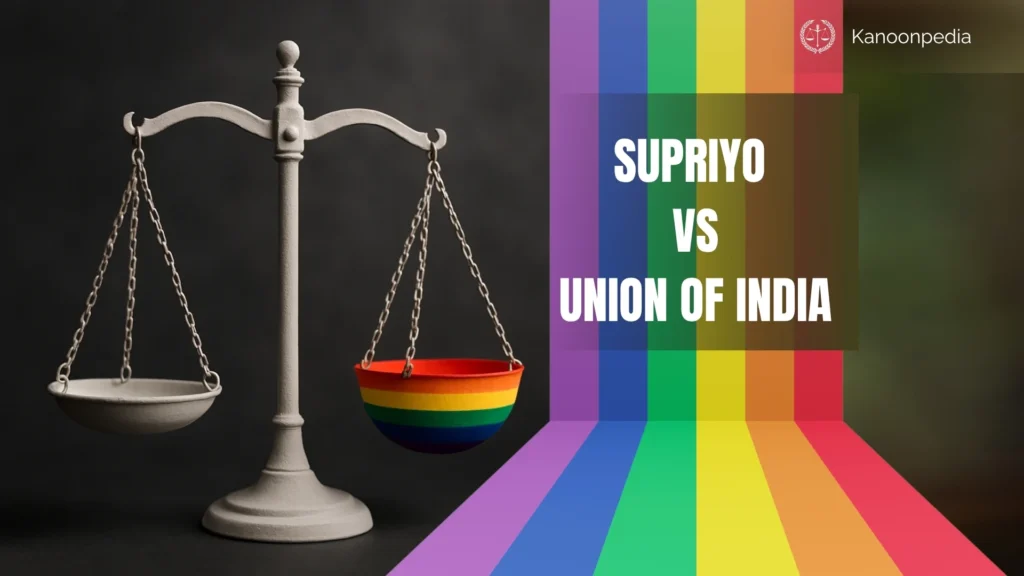
Table of Contents
The Genesis of Supriyo vs Union of India: A Fight for Constitutional Rights
The Supriyo vs Union of India case emerged from the hopes and aspirations of India’s LGBTQ community following the historic decriminalization of homosexuality in 2018 through the Navtej Singh Johar vs Union of India judgment. Multiple same-sex couples and LGBTQ individuals, led by petitioners Supriyo Chakraborty and Abhay Dang, approached the Supreme Court seeking legal recognition of their relationships under Indian marriage laws.
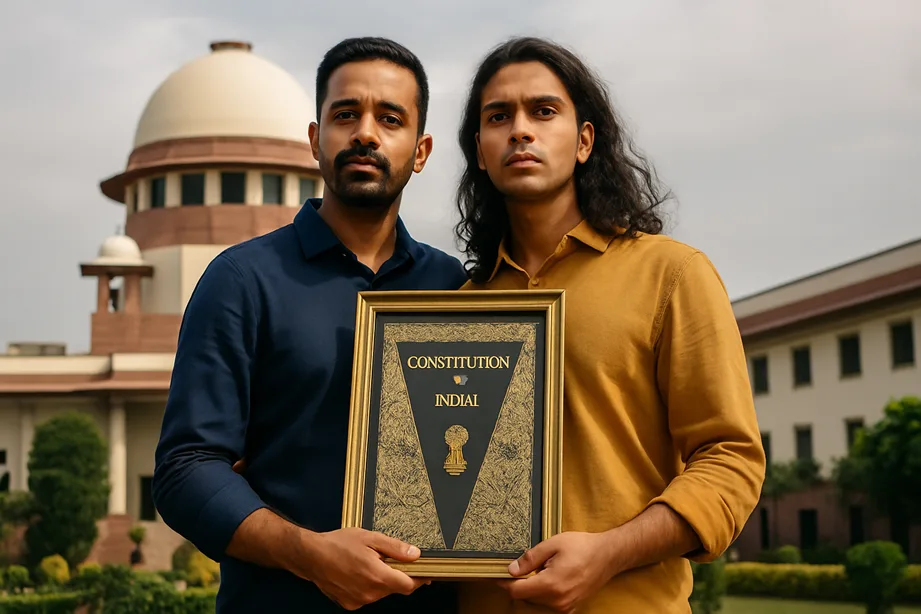
The case consolidated over 20 petitions filed by 52 petitioners from across India, representing a diverse spectrum of the LGBTQ community. These brave individuals challenged the constitutional validity of excluding same-sex couples from the institution of marriage under the Special Marriage Act, 1954, and other matrimonial laws.
Constitutional Arguments in Supriyo vs Union of India
Fundamental Rights at Stake
The petitioners in Supriyo vs Union of India built their case on robust constitutional foundations, arguing that denying marriage rights to LGBTQ individuals violated multiple fundamental rights guaranteed under the Indian Constitution:
Article 14 (Right to Equality): The petitioners argued that excluding same-sex couples from marriage laws created an unconstitutional classification based solely on sexual orientation, lacking any rational nexus with the objectives of marriage legislation.
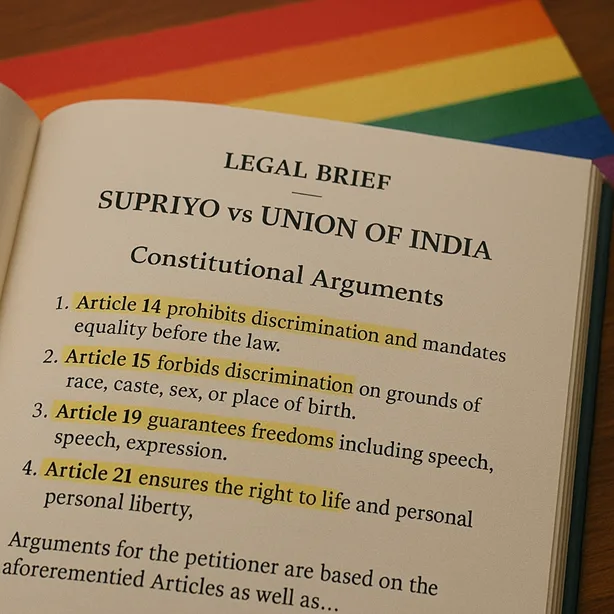
Article 15 (Non-Discrimination): They contended that the exclusion constituted discrimination based on “sex,” which the Supreme Court had previously interpreted to include sexual orientation in the Navtej Singh Johar case.
Article 19 (Freedom of Expression): The petitioners maintained that denying marriage rights violated their freedom to express their identity and form associations.
Article 21 (Right to Life and Personal Liberty): Perhaps most significantly, they argued that marriage rights flow from the fundamental right to dignity, privacy, and personal autonomy recognized under Article 21.
The Supreme Court’s Verdict in Supriyo vs Union of India
Unanimous Holdings
The five-judge Constitution Bench in Supriyo vs Union of India, comprising the then Chief Justice D.Y. Chandrachud, Justice S.K. Kaul, Justice S.R. Bhat, Justice Hima Kohli, and Justice P.S. Narasimha, reached several unanimous conclusions:
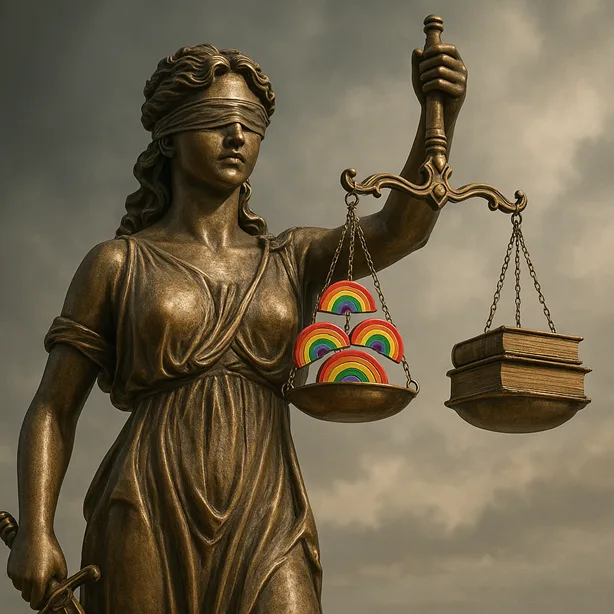
- No Fundamental Right to Marriage: All judges agreed that the Indian Constitution does not recognize marriage as a fundamental right for anyone, including LGBTQ persons.
- Judicial Restraint: The Court unanimously held that it could not reinterpret the Special Marriage Act to include same-sex couples, as this would amount to judicial legislation beyond the Court’s institutional competence.
- Right to Union: The Court recognized that LGBTQ persons have the right to enter into unions and cohabit without discrimination.
The Crucial 3:2 Split in Supriyo vs Union of India
While the Court was unanimous on marriage rights, it split 3:2 on the issue of civil unions:
Minority Opinion (CJI Chandrachud and Justice Kaul): Favored recognizing civil unions for same-sex couples, arguing that denying such recognition perpetuated constitutional stereotypes and discrimination.
Majority Opinion (Justices Bhat, Kohli, and Narasimha): Declined to recognize civil unions, maintaining that such decisions must come from the legislature, not the judiciary.
Impact on Transgender Rights and Legal Recognition
The Supriyo vs Union of India judgment significantly addressed transgender rights within India’s legal framework. The Court unanimously recognized that transgender persons in heterosexual relationships have the right to marry under existing laws. This acknowledgment built upon the foundational NALSA vs Union of India (2014) judgment, which had declared transgender persons as the “third gender”.
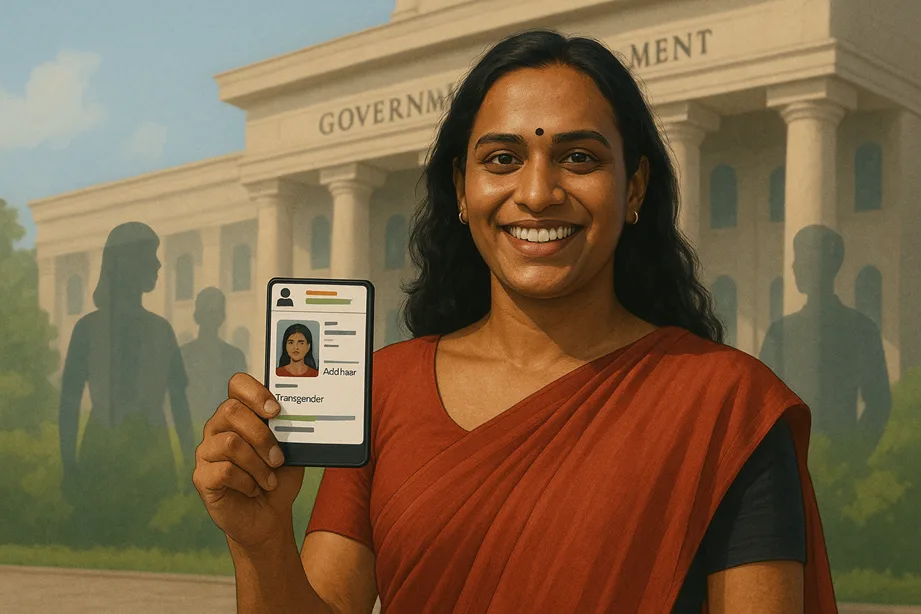
The verdict reinforced that transgender individuals possess all fundamental rights under Articles 14, 15, 16, 19, and 21 of the Constitution. This aspect of the Supriyo vs Union of India decision provides crucial legal protection for transgender persons seeking to exercise their marriage rights within the current legal framework.
Adoption Rights: A Complex Terrain Post-Supriyo vs Union of India
CARA Regulations and LGBTQ Adoption
One of the most significant practical impacts of Supriyo vs Union of India concerned adoption rights for LGBTQ individuals and couples. The Court addressed the discriminatory Central Adoption Resource Authority (CARA) regulations that effectively barred same-sex couples from adopting children jointly.
In his minority opinion, Chief Justice Chandrachud struck down CARA Regulation 5(3), which required couples to be in a “stable marital relationship” for two years before adoption. He ruled that this regulation discriminated against queer couples and violated Article 15 of the Constitution.
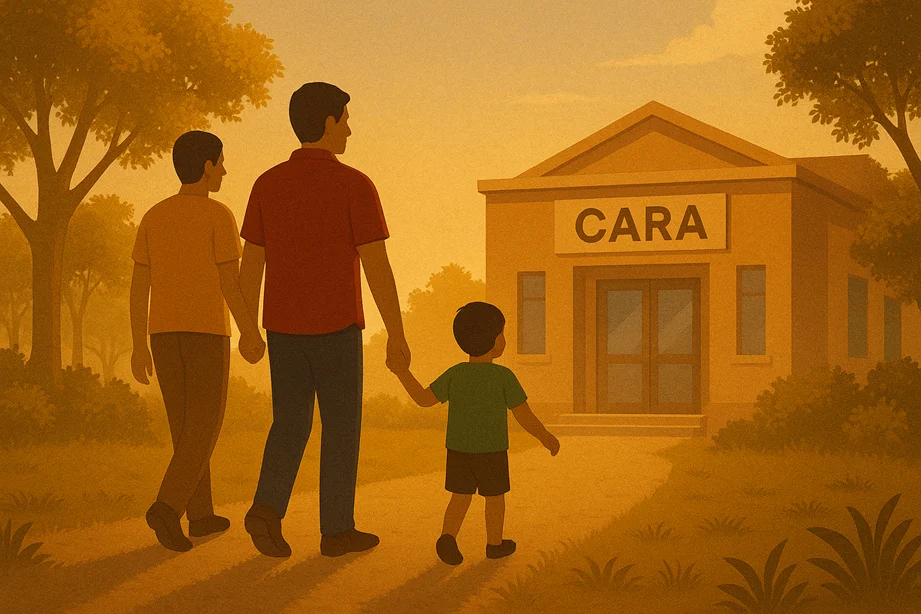
However, the majority in Supriyo vs Union of India upheld these restrictions, meaning that while individual LGBTQ persons can adopt, same-sex couples cannot jointly adopt children under current law. This remains one of the most contentious aspects of the judgment, as adoption rights are closely linked to family formation and recognition.
Global Context: How Supriyo vs Union of India Compares Internationally
Marriage Equality Worldwide
The Supriyo vs Union of India verdict ( same sex marraige judgement ) must be understood within the global context of marriage equality. As of 2025, same-sex marriage is legal in 38 countries worldwide, representing about 20% of all nations. Countries like the Netherlands (2001), Belgium (2003), Spain (2005), and more recently, Thailand (2025) have embraced marriage equality.
The United States Supreme Court’s 2015 Obergefell v. Hodges decision, which legalized same-sex marriage nationwide, provides an interesting comparison to the Supriyo vs Union of India approach. While the US Court took an expansive view of constitutional rights, the Indian Supreme Court adopted a more restrained approach, deferring to legislative wisdom.
International Human Rights Law
International human rights law increasingly recognizes same-sex relationships as deserving protection. The Universal Declaration of Human Rights, the International Covenant on Civil and Political Rights, and regional human rights instruments provide frameworks for equality and non-discrimination that many argue should extend to marriage rights.
The Supriyo vs Union of India judgment, while disappointing to many advocates, aligns with international trends recognizing the dignity and autonomy of LGBTQ persons, even while stopping short of full marriage equality.
The Broader LGBTQ Rights Landscape in India
Historical Discrimination and Legal Progress
The Supriyo vs Union of India case emerged from a long history of discrimination against India’s LGBTQ community. Section 377 of the Indian Penal Code, a colonial-era law criminalizing homosexuality, cast a shadow over LGBTQ lives for over 150 years until its partial striking down in 2018.
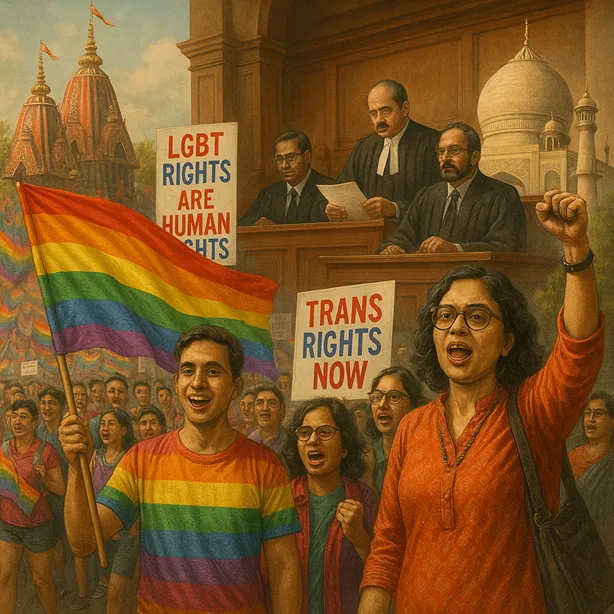
The journey toward LGBTQ rights in India has been marked by significant legal milestones:
- 2014: NALSA vs Union of India recognized transgender rights and the third gender
- 2018: Navtej Singh Johar vs Union of India decriminalized homosexuality
- 2019: Transgender Persons (Protection of Rights) Act provided legal framework for transgender protection
- 2023: Supriyo vs Union of India addressed marriage equality
Contemporary Challenges
Despite legal progress, India’s LGBTQ community continues facing significant challenges. Discrimination in healthcare, employment, education, and social acceptance remains widespread. The Supriyo vs Union of India judgment acknowledged these systemic issues while directing the government to take concrete steps to eliminate discrimination.
Research indicates that LGBTQ individuals in India face discrimination in almost all facets of their lives, from state and non-state actors alike. Healthcare discrimination is particularly pervasive, with studies showing that medical professionals often lack LGBTQ-inclusive training and knowledge.
Legislative Implications Following Supriyo vs Union of India
The Parliamentary Path Forward
The Supriyo vs Union of India judgment explicitly placed the responsibility for marriage equality on Parliament’s shoulders. The Court emphasized that legislative bodies, not the judiciary, must determine the scope and nature of marriage laws.
This approach reflects the doctrine of separation of powers and judicial restraint, but it also means that LGBTQ advocates must now focus their efforts on legislative and political advocacy rather than judicial remedies. The challenge lies in building sufficient political will in a socially conservative democracy where LGBTQ rights remain contentious.
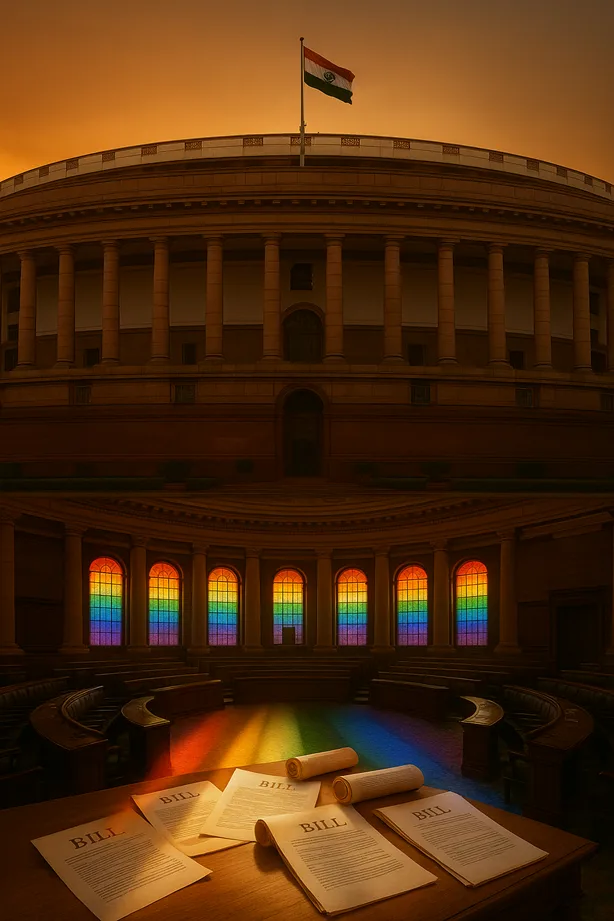
State-Level Initiatives
Interestingly, the Supriyo vs Union of India judgment noted that in the absence of central legislation, state governments could potentially enact laws recognizing same-sex relationships. This federal approach could lead to a patchwork of rights across different states, similar to the early stages of marriage equality in the United States.
Social and Cultural Dimensions of Supriyo vs Union of India
Changing Attitudes and Generational Shifts
Public opinion on LGBTQ rights in India is evolving, particularly among younger generations. While overall support for same-sex marriage remains limited, with only 29% of Indians supporting the idea according to a 2019 ILGA survey, urban educated populations show greater acceptance.
The Supriyo vs Union of India case itself generated significant media attention and public discourse, contributing to greater visibility and awareness of LGBTQ issues. This visibility, while sometimes generating backlash, also creates opportunities for education and dialogue.
Religious and Cultural Considerations
The Supriyo vs Union of India judgment had to navigate India’s complex religious and cultural landscape. Opposition to same-sex marriage often stems from conservative interpretations of religious texts and traditional family structures. The Court acknowledged these concerns while emphasizing that constitutional morality must prevail over popular morality.
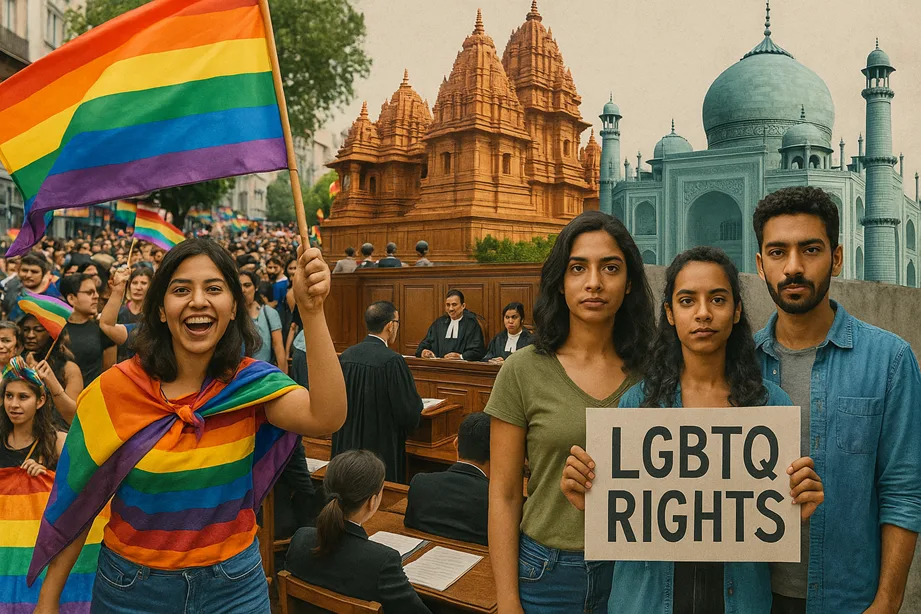
Economic and Practical Implications
Financial and Legal Benefits
The denial of marriage recognition in Supriyo vs Union of India has significant practical implications for same-sex couples. Marriage confers numerous legal and financial benefits, including:
- Joint property rights and inheritance
- Medical decision-making authority
- Insurance and pension benefits
- Tax advantages
- Immigration and citizenship rights for foreign partners
The absence of these protections leaves same-sex couples vulnerable and economically disadvantaged compared to heterosexual married couples.
Alternative Legal Arrangements
While Supriyo vs Union of India declined to recognize same-sex marriage, the judgment opened discussions about alternative legal frameworks. Civil unions, domestic partnerships, and other recognition mechanisms could provide some protections while falling short of full marriage equality.
Review Petitions and Future Legal Challenges
The Finality of Supriyo vs Union of India
In January 2025, the Supreme Court dismissed review petitions challenging the Supriyo vs Union of India verdict, seemingly closing the door on immediate judicial recourse. A five-judge bench found no error apparent on the record and concluded that the original judgment was in accordance with law.
This dismissal means that future challenges to marriage equality laws must either wait for significant changes in legal precedent or focus on legislative advocacy. The finality of the Supriyo vs Union of India judgment underscores the importance of the Court’s directive that Parliament should address these issues.
Continuing Legal Strategies
Despite the setback in Supriyo vs Union of India, LGBTQ advocates continue exploring legal strategies. These include:
- Challenging specific discriminatory laws and policies
- Seeking recognition of foreign same-sex marriages
- Advocating for civil union legislation
- Pursuing adoption and parenting rights through alternative channels
International Reactions and Comparative Analysis
Global LGBTQ Rights Movement
The Supriyo vs Union of India decision drew international attention from LGBTQ rights organizations worldwide. While disappointed by the outcome, many advocates recognized the judgment’s positive aspects, particularly its strong condemnation of discrimination and violence against LGBTQ persons.
Organizations like GLAAD and Human Rights Watch noted that the decision, while not granting marriage equality, affirmed important principles of dignity and non-discrimination. This nuanced response reflects the complex nature of legal and social change in diverse democratic societies.
Lessons from Other Jurisdictions
Comparing Supriyo vs Union of India with marriage equality developments in other countries reveals different paths to legal recognition. While some countries achieved marriage equality through judicial decisions (like the United States), others followed legislative routes (like Germany and Australia).
The Indian approach in Supriyo vs Union of India, emphasizing legislative over judicial action, may ultimately prove more durable if and when Parliament does act to recognize same-sex relationships.
The Road Ahead: Post-Supriyo vs Union of India Landscape
Building Political Momentum
The Supriyo vs Union of India judgment’s emphasis on legislative action means that LGBTQ advocates must now focus on building political support for marriage equality. This involves:
- Educating policymakers about LGBTQ issues
- Building coalitions with supportive political parties
- Mobilizing public opinion through awareness campaigns
- Working with sympathetic legislators to draft appropriate legislation
Incremental Progress and Strategic Litigation
While marriage equality remains elusive after Supriyo vs Union of India, advocates continue pursuing incremental progress through strategic litigation on specific issues like:
- Employment discrimination
- Healthcare access
- Housing rights
- Educational inclusion
- Police harassment and violence
These efforts build a foundation of legal protections that could eventually support broader recognition of LGBTQ relationships.
Conclusion: The Enduring Legacy of Supriyo vs Union of India
The Supriyo vs Union of India judgment represents a crucial chapter in India’s ongoing struggle for LGBTQ equality. While the Court’s refusal to recognize same-sex marriage disappointed many advocates, the decision’s broader implications for LGBTQ rights and dignity remain significant.
The case established important precedents regarding the right to union, the prohibition of discrimination based on sexual orientation, and the state’s obligation to protect LGBTQ persons from violence and harassment. These principles, even without marriage recognition, provide important legal protections for India’s diverse LGBTQ community.
Perhaps most importantly, Supriyo vs Union of India brought LGBTQ issues into mainstream legal and social discourse in India. The extensive hearings, media coverage, and public debate surrounding the case contributed to greater visibility and understanding of LGBTQ experiences and challenges.
As India continues its journey toward greater equality and inclusion, the Supriyo vs Union of India judgment will be remembered as a moment of both disappointment and hope—disappointment for its immediate outcomes, but hope for its affirmation of LGBTQ dignity and its roadmap for future progress through democratic processes.
The fight for marriage equality in India is far from over. The Supriyo vs Union of India verdict may have closed one legal door, but it opened others toward legislative action, social change, and continued advocacy for the fundamental human rights of all Indians, regardless of whom they love or how they identify.
For the LGBTQ community in India, Supriyo vs Union of India serves as both a sobering reminder of the challenges ahead and an inspiring testament to their courage, resilience, and unwavering commitment to equality. As the legal and social landscape continues to evolve, the principles established in this landmark case will undoubtedly influence future generations of advocates, lawmakers, and judges working toward a more just and inclusive society.
The legacy of Supriyo vs Union of India extends beyond its immediate legal holdings to encompass a broader vision of constitutional democracy where all citizens can live with dignity, free from discrimination, and with equal access to the fundamental institutions of society. While that vision remains unrealized for same-sex couples seeking marriage recognition, the case has laid important groundwork for continued progress toward equality and justice for all.
This comprehensive analysis of Supriyo vs Union of India is based on extensive legal research and aims to provide readers with a thorough understanding of this landmark case and its implications for LGBTQ rights in India. As legal and social landscapes continue to evolve, this case will remain a crucial reference point for understanding the intersection of constitutional law, human rights, and social justice in the world’s largest democracy.
[…] Efforts to decolonize transgender in India should invest in translation hubs that bridge subcultural languages (e.g., kothi, bhelki) with policy discourse—ensuring that funding instruments reflect local terminologies and logics rather than fitness into pre-packaged global categories. You may also read Supriyo vs Union of India 2023 […]